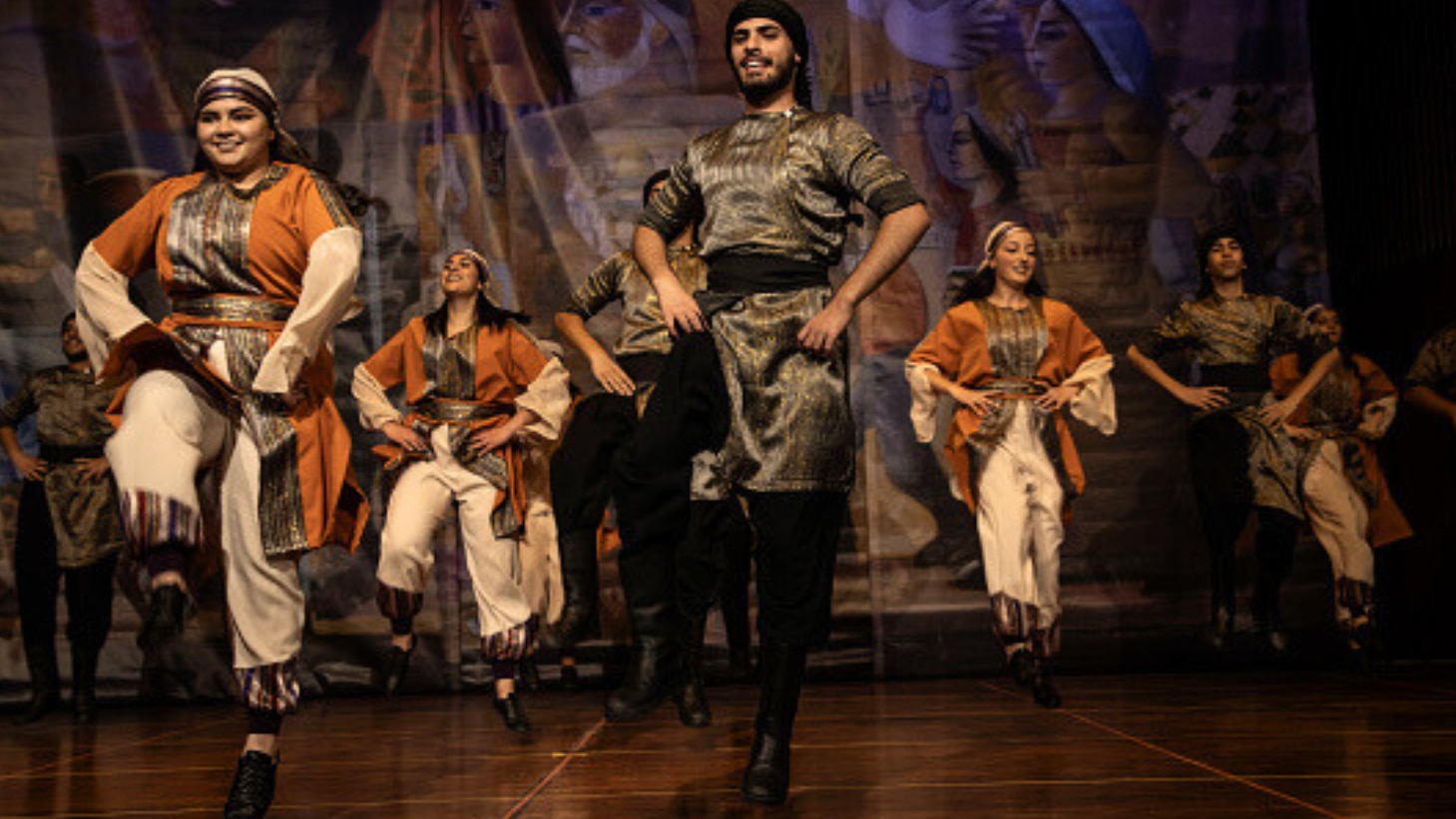What is the Palestinean Dabke dance which just got a UNESCO tag along with Gujarat's Garba?

Dabke traces its origins to the mountains of the Levantine region. Photo: Getty
While the Palestinian territory of Gaza faces turmoil from Israeli strikes, the Palestinian national dance, Dabke, has secured a place on UNESCO's List of the Intangible Cultural Heritage of Humanity. Gujarat's Garba folk dance also earned recognition on the list for "promoting equality and honouring feminine divinity."
Despite ongoing Israeli aggression targeting Palestinian culture, Mounir Anastas, Palestine's Ambassador to UNESCO, highlighted these inclusions as a demonstration of Palestinian commitment to its rich cultural heritage, as reported by the Ramallah-based WAFA news agency.
Roots
-
Dabke, an Arabic folk dance, finds its roots in the mountains of the Levantine region, spanning Palestine, Lebanon, Jordan, and Syria.
-
Notably, the dance's influence extends beyond Palestine, with at least six recognised styles existing.
-
The term "Dabke" originates from the Levantine Arabic word "dabaka," signifying "stamping of the feet" or "to make a noise."
-
Legend suggests that the dance originated as a communal response to the cracking mud roofs of houses in the Levant.
Symbolism and tradition
-
The dance has evolved into a symbol of family, community, and tradition, symbolising the importance of unity through men and women joining arms in dance. Today, Dabke is performed worldwide at weddings, family gatherings, and various celebrations.
-
The dance involves participants forming a line, holding hands, and engaging in rhythmic footwork. It consists of six steps, akin to a 6-count line dance, with dancers moving to the right.
-
Accompanied by vibrant Dabke music featuring instruments such as the oud, mijwiz, daff, and arghul, the dance starts slowly and gradually accelerates as dancers intensify their footwork.
-
The lead dancer, known as the "lawweeh," plays a pivotal role in maintaining synchronization and guiding the energy of the performance.
Dabke's encourages spontaneous participation, where onlookers join in and form pairs, becoming part of the dance. This adaptability is evident even during protests, transforming the dance from its humble origins of repairing roofs into a powerful symbol representing love, life, and unity.

